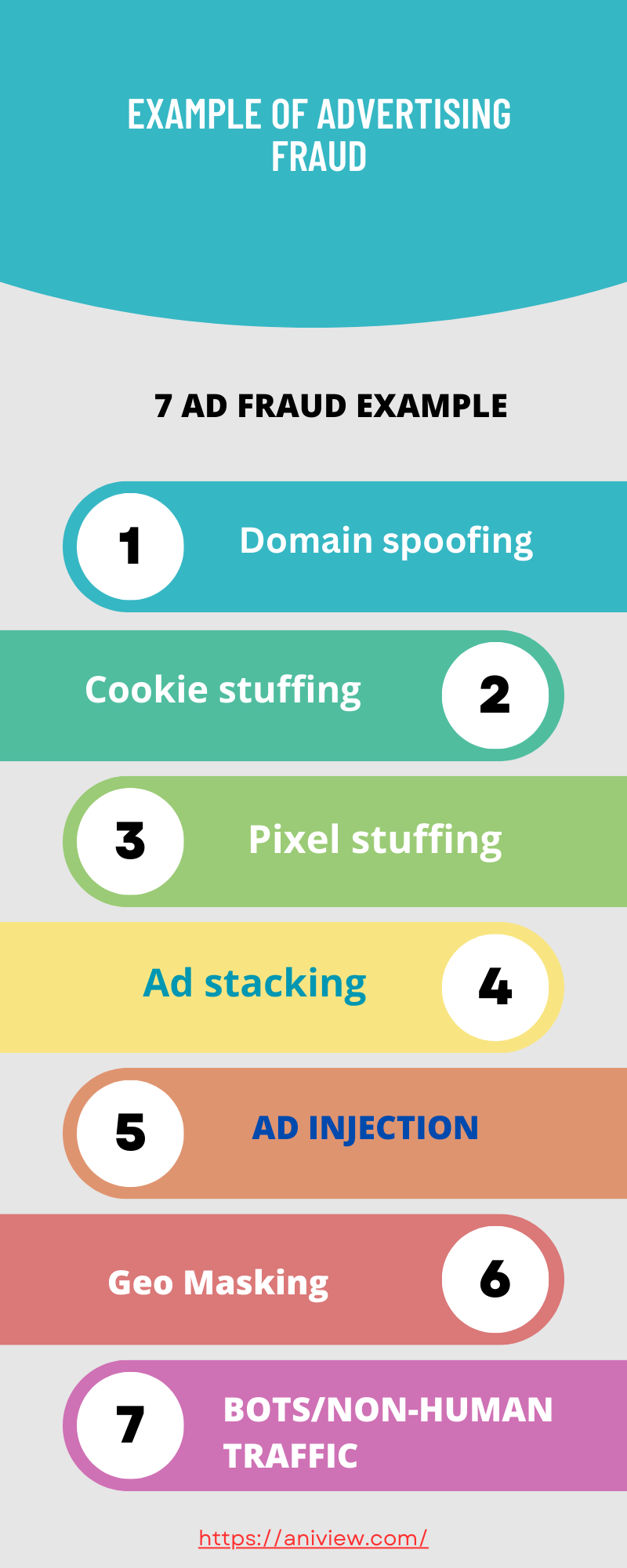
Infographic: A Virtual Pandemic Called Ad Fraud
In the world of modern business, most digital companies are fully committed to protecting their systems and client data with advanced security measures. However, there is another issue that many businesses overlook: ad fraud.
Ad fraud is a term that describes any attempt to defraud digital advertising networks. While it is primarily completed by bots, hackers can do it via manual methods too. As the following infographic will show, it is a widespread issue that can be considered a virtual pandemic. Its victims can include entrepreneurs, digital ad networks, and consumers.
Furthermore, as per the Business of Apps, experts at the World Federation of Advertisers (WFA) predict that ad fraud will become the biggest form of crime on the planet by 2025. As is underlined by the infographic, it is a problem that can target both websites and downloaded applications for Android and iOS devices.
Why is ad fraud so prevalent? The fact that people don’t know too much about it is naturally a major factor. Similarly, they will be less likely to implement preventive measures against it or even know how to identify it. Thanks to the advanced capabilities of modern bots, fraudulent activity mimics real online traffic in a very realistic fashion.
The following infographic can help businesses, website owners, ad networks, and anyone who uses digital adverts gain a deeper understanding of this situation. This includes understanding the severity of the digital pandemic called ad fraud, as well as ways to combat it.
Here’s all you need to know about ad fraud Example:



